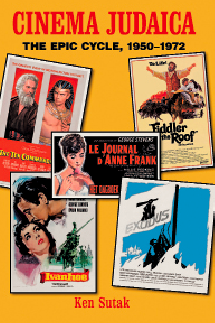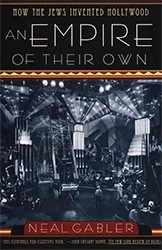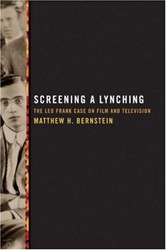April 9, 2013
In his book on Jewish American identity and film, Eric A. Goldman offers his readers a sampling of important films from the course of the twentieth century that reflect the ways Jews generally perceived themselves, and were perceived by others, in American society at the time. He begins with The Jazz Singer (1927), a film that would go down in history as the first talking picture, but one that has also garnered a lot of critical attention for its depiction of “the classic Jewish story of assimilation.” Much has already been written about this movie, as well as many of the others covered in Goldman’s work – including Gentleman’s Agreement (1947), Crossfire (1947), The Young Lions (1958), The Way We Were (1973), The Prince of Tides (1991), Avalon (1990), Liberty Heights (1999), and Everything is Illuminated (2005). What sets this study apart is Goldman’s attention to the production history of these various cinematic achievements. The author spends considerable time analyzing plots and visual symbols from the films, but he does so only after comprehensively discussing their political and aesthetic backdrops. The Young Lions, for example, was first a novel, published in 1948 to great acclaim. The film would premier only ten years later, and the process and product of this adaptation would reveal, among other things, a shift in the ways that Americans had come to respond to images of the Holocaust. As another example, the actor Liev Schreiber’s adaptation of Jonathan Safran Foer’s novel, Everything is Illuminated, published in 2002, would expose both the similarities and differences of what it means to return to an unknown European past for an American Jew with a grandparent who had survived the Holocaust and for one without any immediate connection to the Shoah. Goldman’s work provides an absorbing narrative of the ways that certain cinematic moments are part and parcel of a long and complex history of Jewish American identity-making and storytelling.




